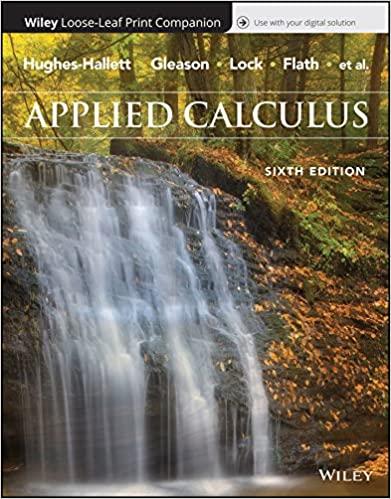Antibiotics can be toxic in large doses. If repeated doses of an antibiotic are to be given,
Question:
Antibiotics can be toxic in large doses. If repeated doses of an antibiotic are to be given, the rate at which the medicine is excreted through the kidneys should be monitored by a physician. One measure of kidney function is the glomerular filtration rate, or GFR, which measures the amount of material crossing the outer (or glomerular) membrane of the kidney, in milliliters per minute. A normal GFR is about 125 ml/min. Figure 8.40 gives a contour diagram of the percent, P, of a dose of mezlocillin (an antibiotic) excreted, as a function of the patient’s GFR and the time, t, in hours since the dose was administered.
(a) In a patient with a GFR of 50, approximately how long will it take for 30% of the dose to be excreted?
(b) In a patient with a GFR of 60, approximately what percent of the dose has been excreted after 5 hours?
(c) Explain how we can tell from the graph that, for a patient with a fixed GFR, the amount excreted changes very little after 12 hours.
(d) Is the percent excreted an increasing or decreasing function of time? Explain why this makes sense.
(e) Is the percent excreted an increasing or decreasing function of GFR? Explain what this means to a physician giving antibiotics to a patient with kidney disease.

Step by Step Answer:

Applied Calculus
ISBN: 9781119275565
6th Edition
Authors: Deborah Hughes Hallett, Patti Frazer Lock, Andrew M. Gleason, Daniel E. Flath, Sheldon P. Gordon, David O. Lomen, David Lovelock, William G. McCallum, Brad G. Osgood, Andrew Pasquale





